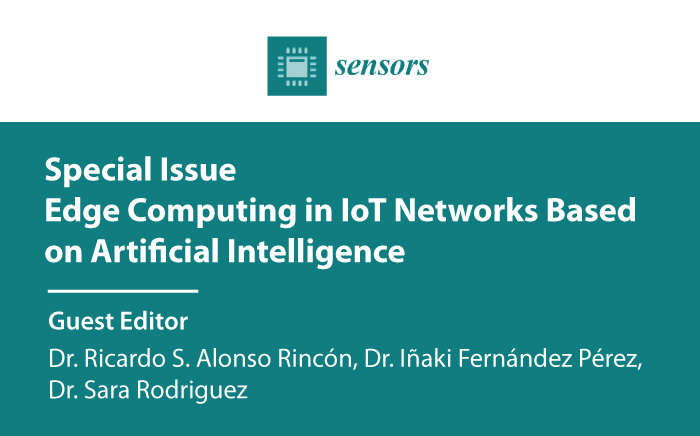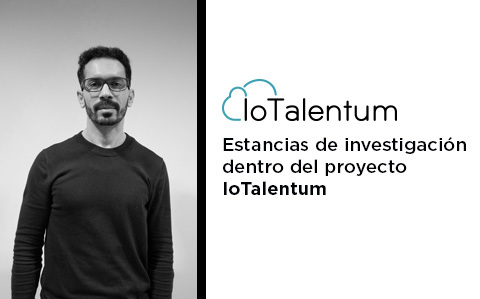The partnership between Osaka Institute of Technology (OIT) and the University of Salamanca (USAL) is starting to produce results. The collaboration between the Osaka Institute of Technology and the University of Salamanca begans in May 2013, allowing the BISITE group to establish a close collaboration with the Japanese technology institute. During this period many researchers from both institutions have exchanged knowledge, technology, results and experiences. We have had the pleasure of welcoming in Salamanca Prof. Sigeru Omatu and Prof. Wataru Hashimoto to Salamanca, while at the same time, Juan M. Corchado, group director and Visiting Professor at the IOT has been in Osaka on several occasions, as well as other members of BISITE including Javier Bajo and Sara Rodriguez.
Naoya Yamaguchi, Yuki Miyashita y Mahiro Oura
Naoya Yamaguchi, Yuki Miyashita (specializing in Electrical and Electronic Engineering) and Mahiro Oura (specializing in Information Sciences) have spent time at the BISITE research center developing different applications. The work has always been framed within the area of joint research between IOT and BISITE.
Naoya Yamaguchi has worked on the recognition of facial emotions in real time. In his research he has used the Kinect Sensor V2, implementing specific algorithms based on neural networks to develop accurate facial expression detection (currently 95%). The Kinect sensor V2 uses a normal RGB camera and depth sensor, which measures depth. It can also distinguish both the body and facial motions of the user. Neural networks that work like an artificial brain, have been used to distinguish a facial expression from the information obtained by the stereoscopic sensor. This work is of interest to BISITE for use in research areas such as the social interaction model or computational creativity, or projects including IHAS or Movi-Cloud.
Yuki Miyashita and Mahiro Oura have developed an Indoor Location System based on Bluetooth Low Energy. To do so, they used different algorithms based on neural networks and classifiers. This study is presented as an alternative to the GPS signal (which only works outdoors) making it possible to locate people indoors through the use of Bluetooth beacons. As the system can define exclusion zones, it can be applied to create heat maps, do market research, or control maltreatment by locating the perpetrator indoors, where the GPS signal does not reach. The Bluetooth technology improves similar approaches based on other communication protocols such as RFID, WiFi or Zigbee. BISITE has extensive experience in this field, having developed specific APP for indoor location or research projects such as Guardian, Hygeia, Cloud-io, the largest online, etc.
For more information, we are available on our website http://bisite.usal.es/en and on our social networks Facebook, Twitter, Linkedin and Google+.




